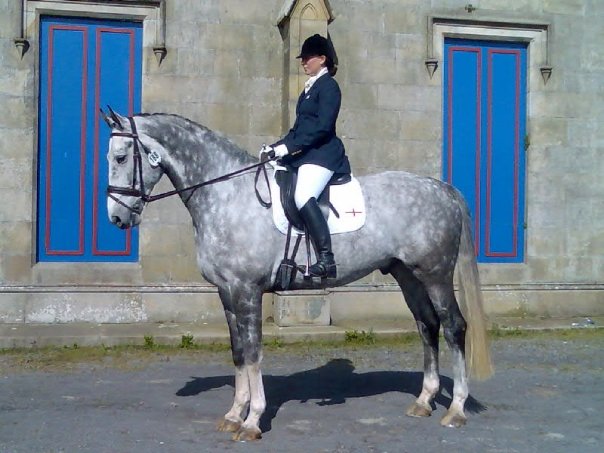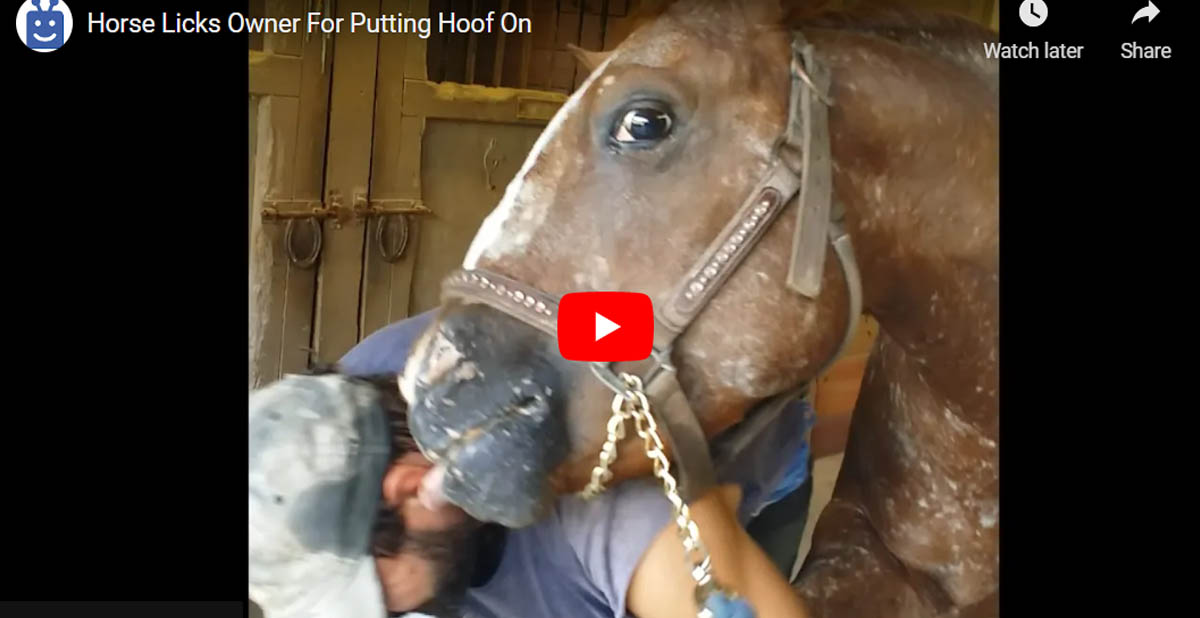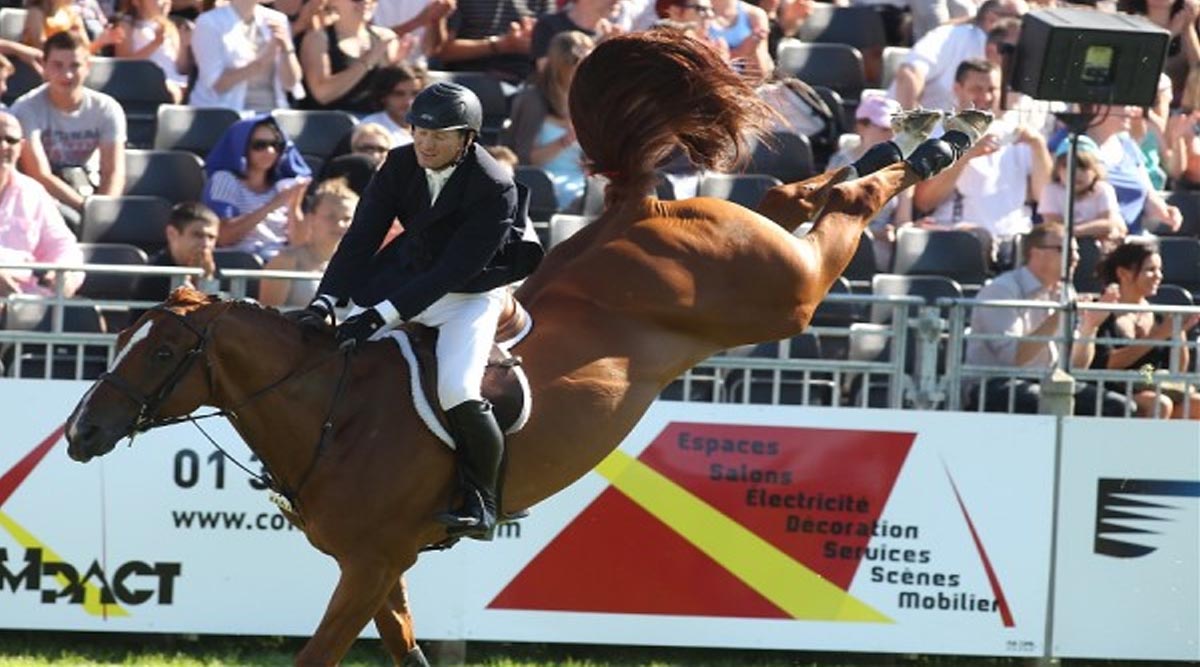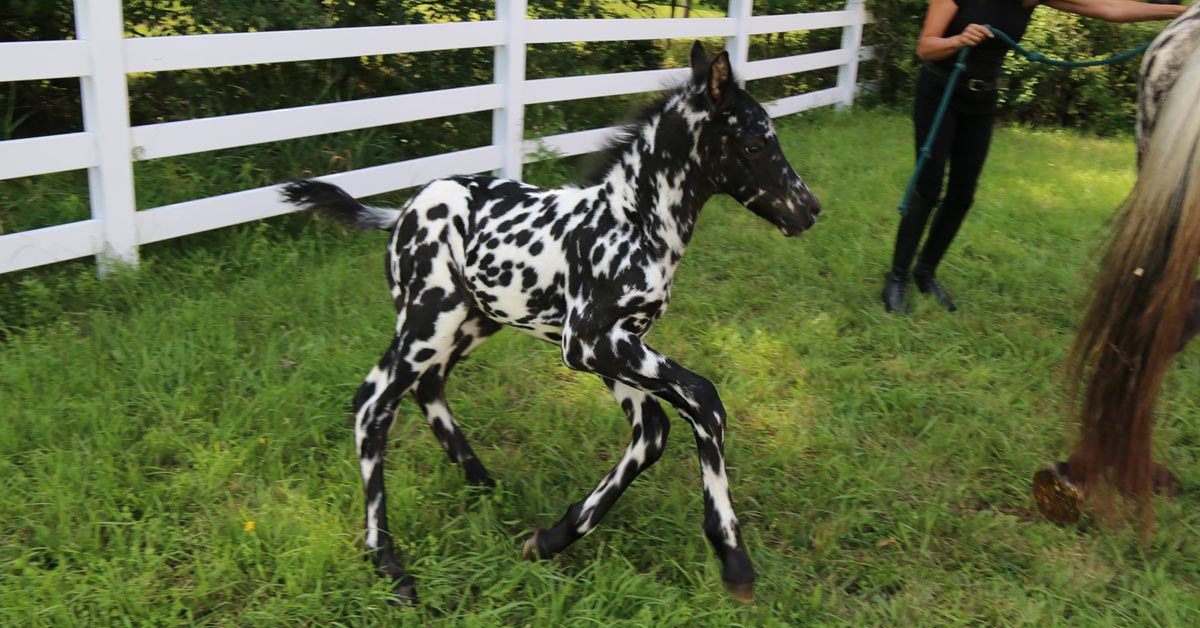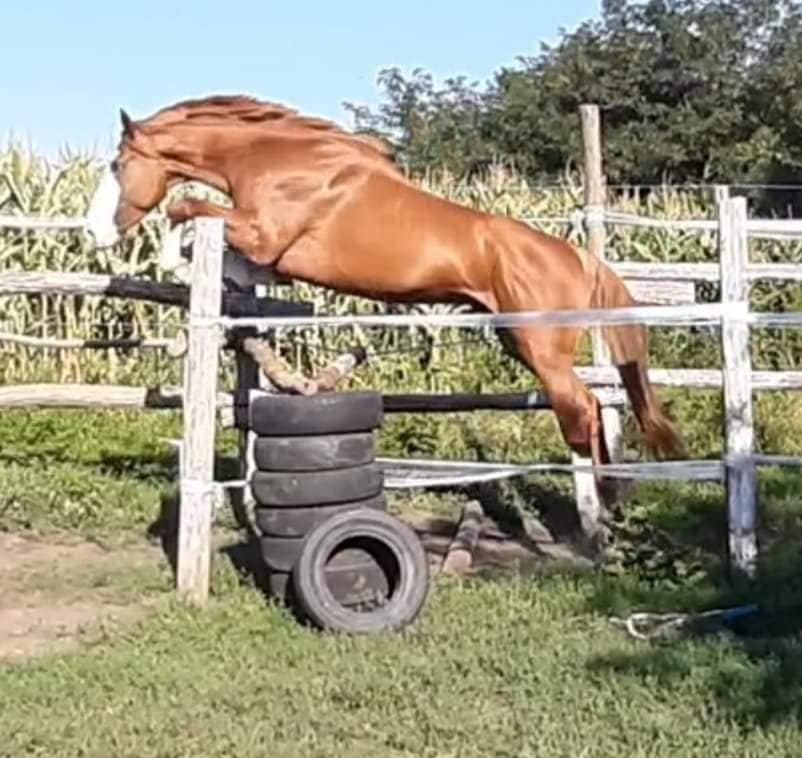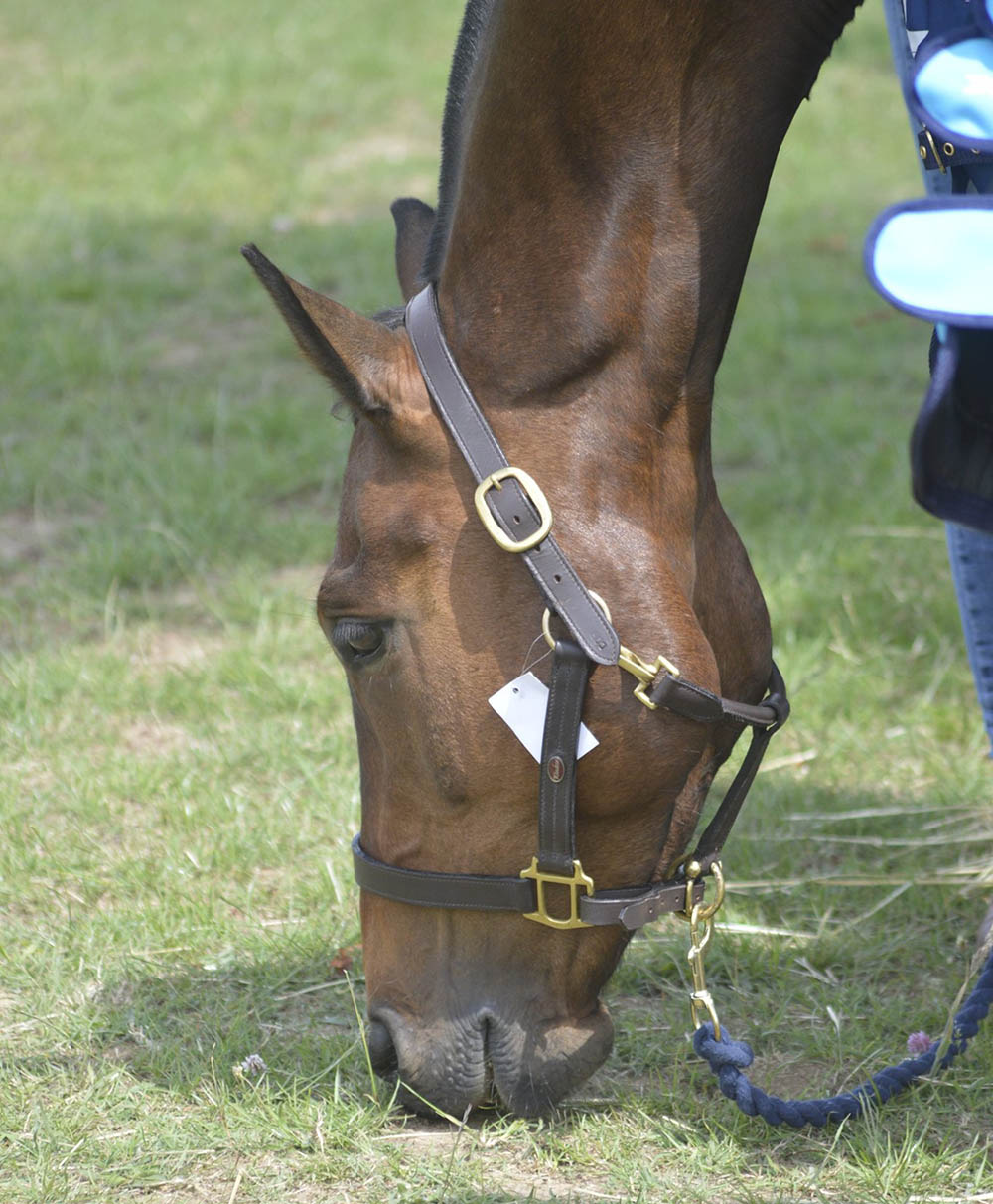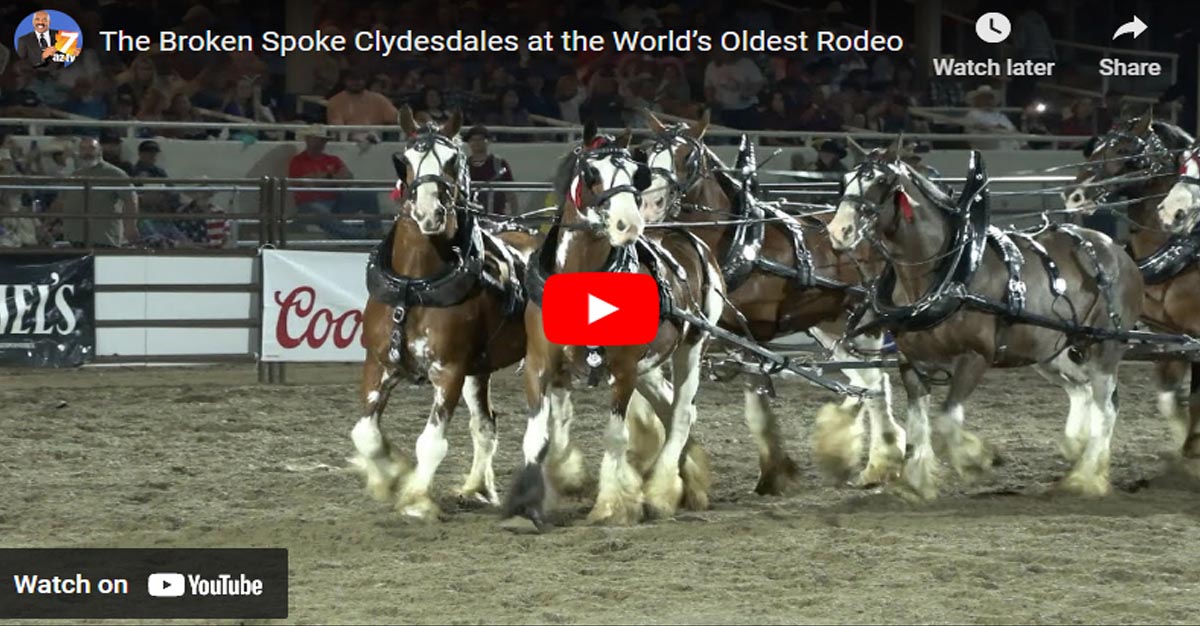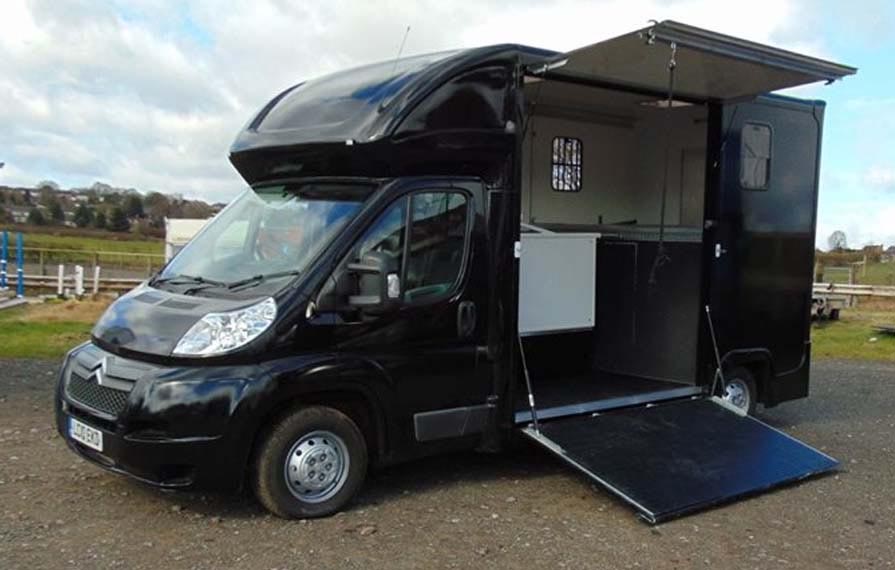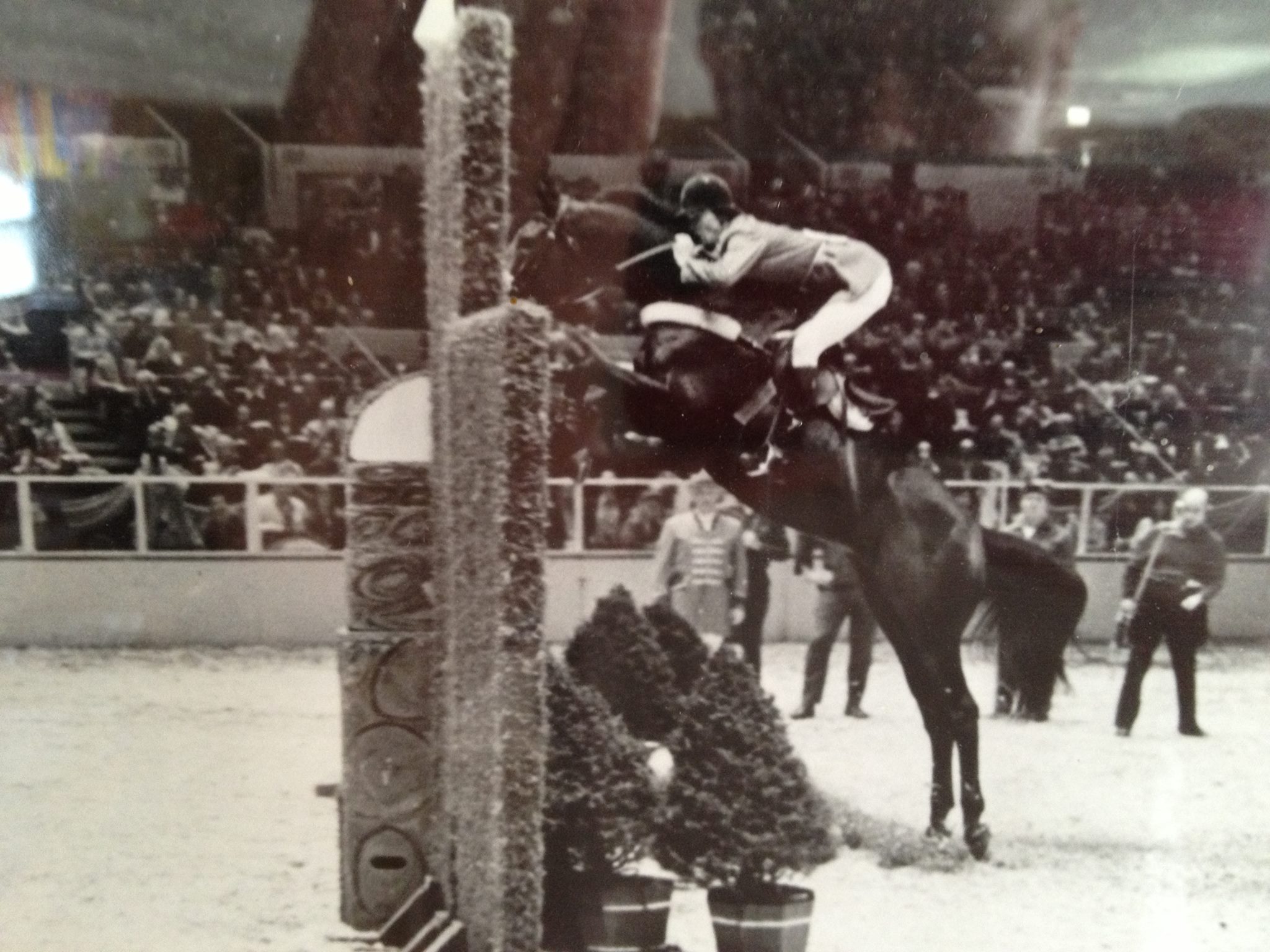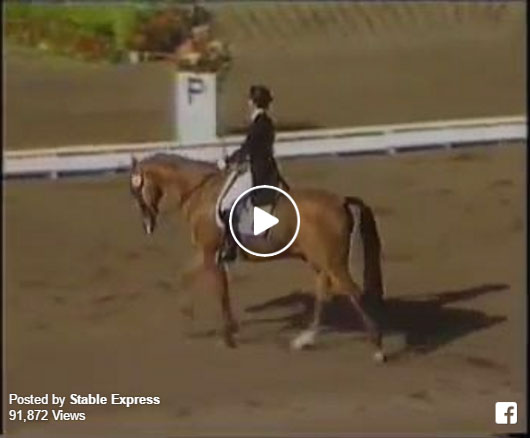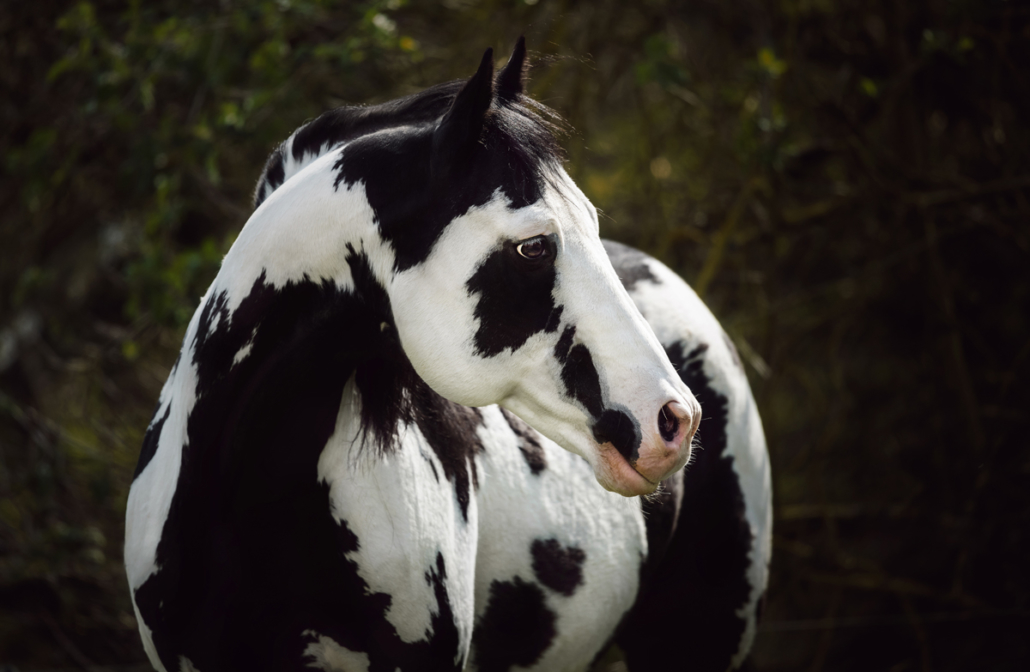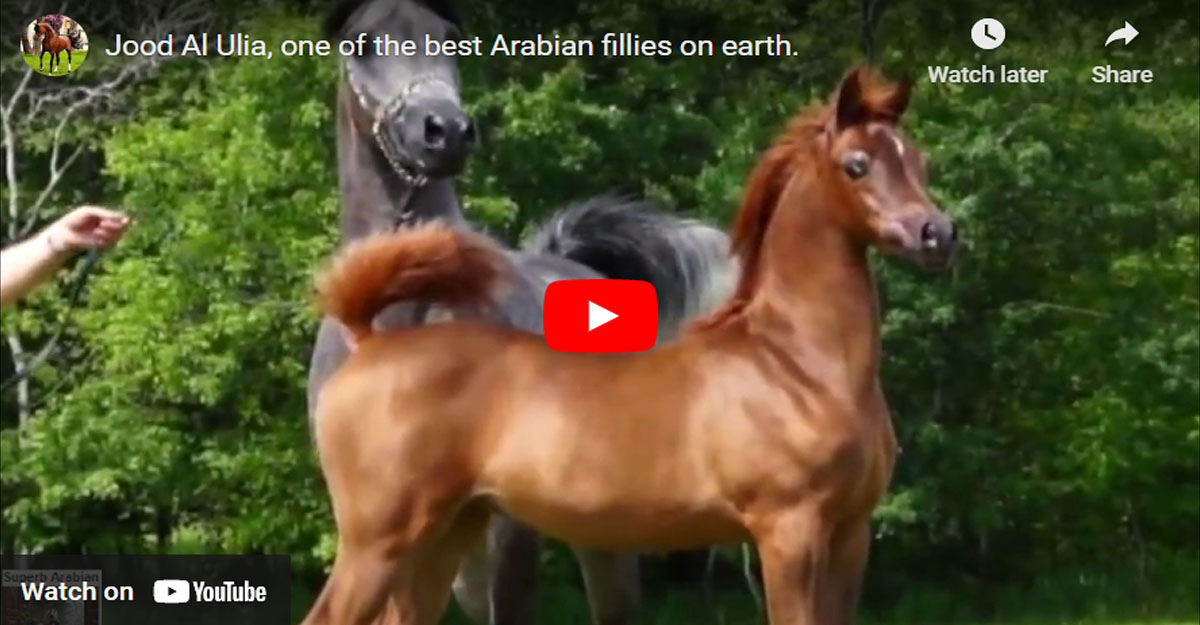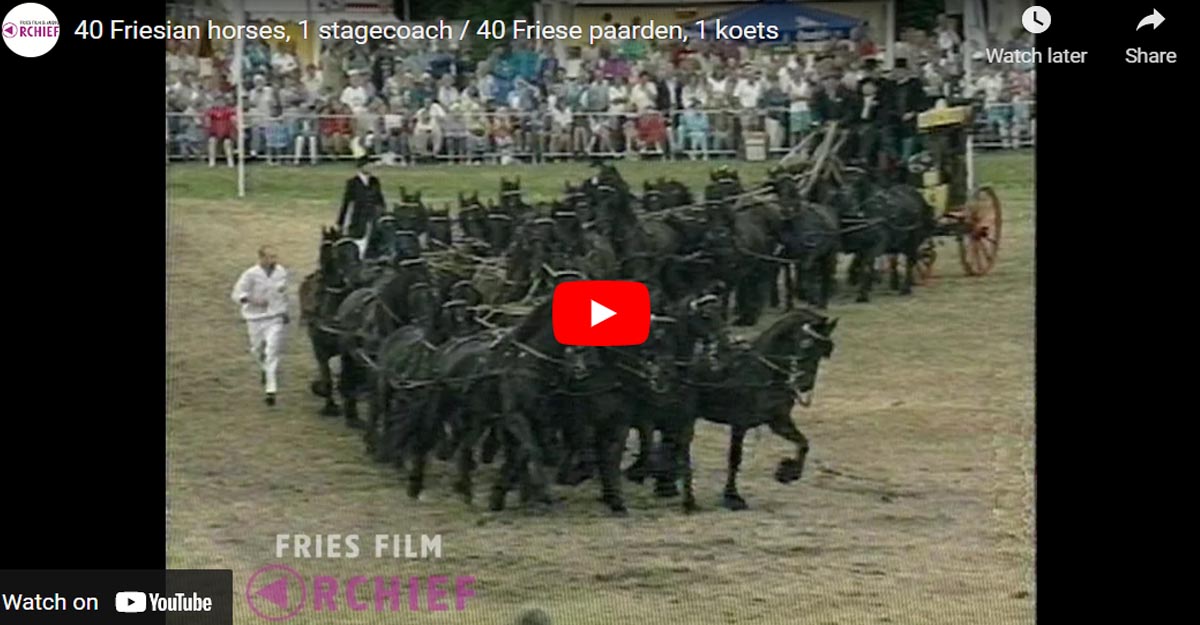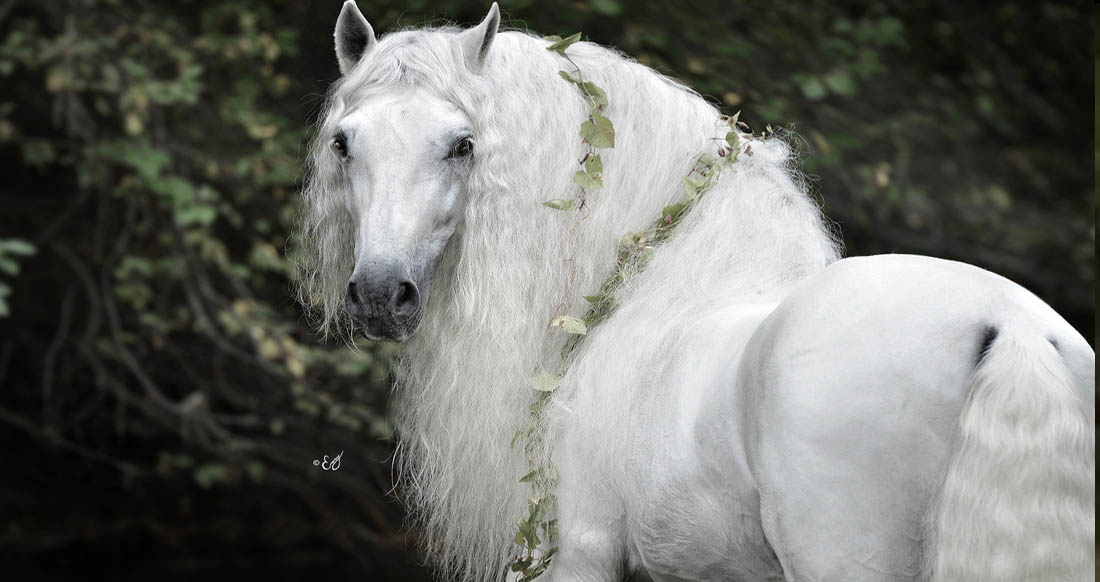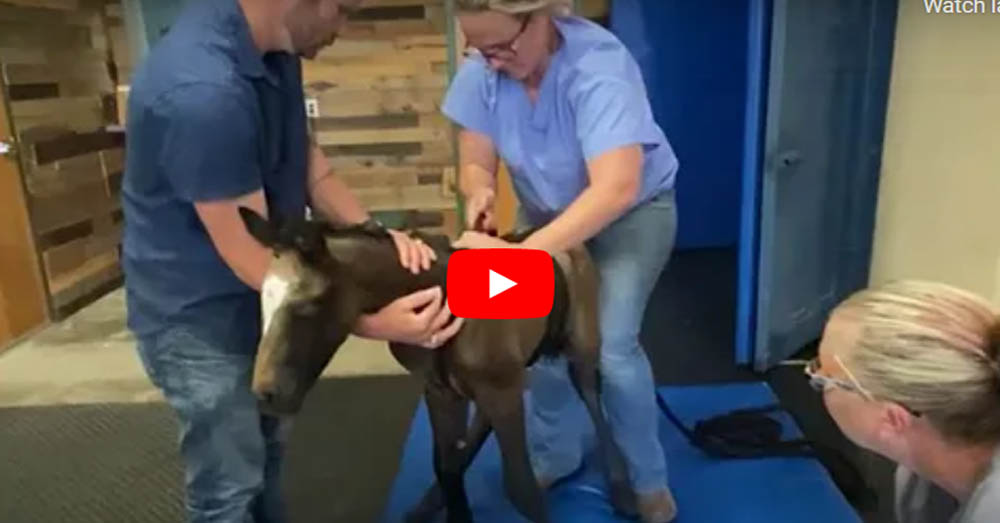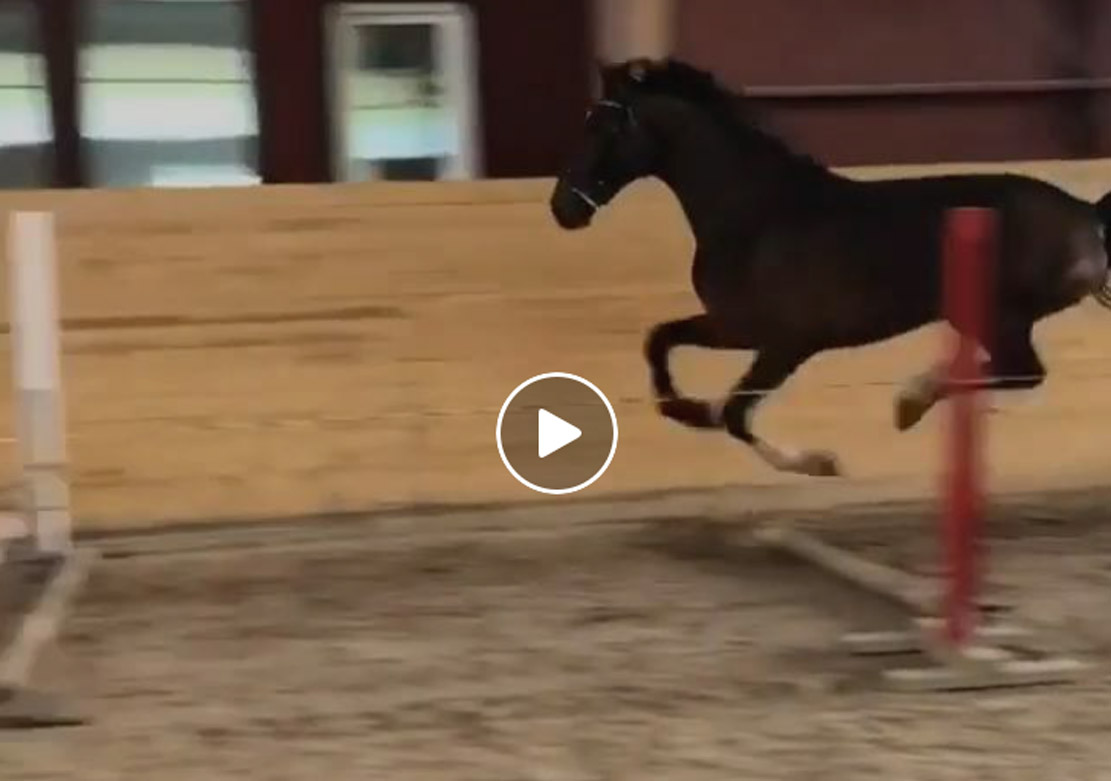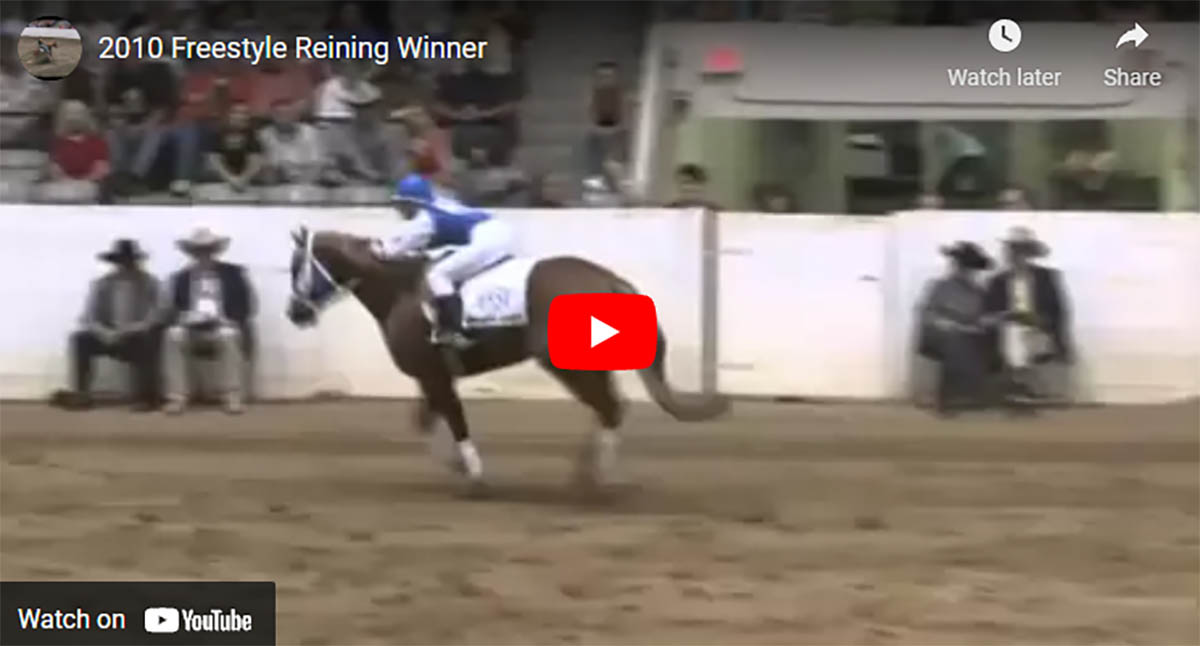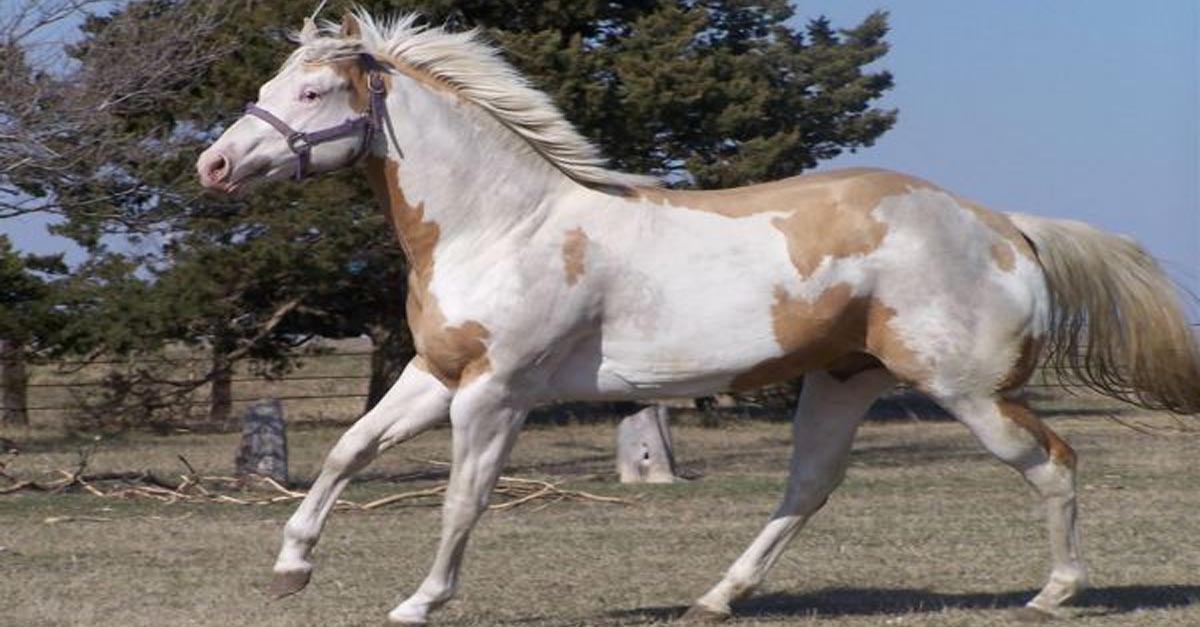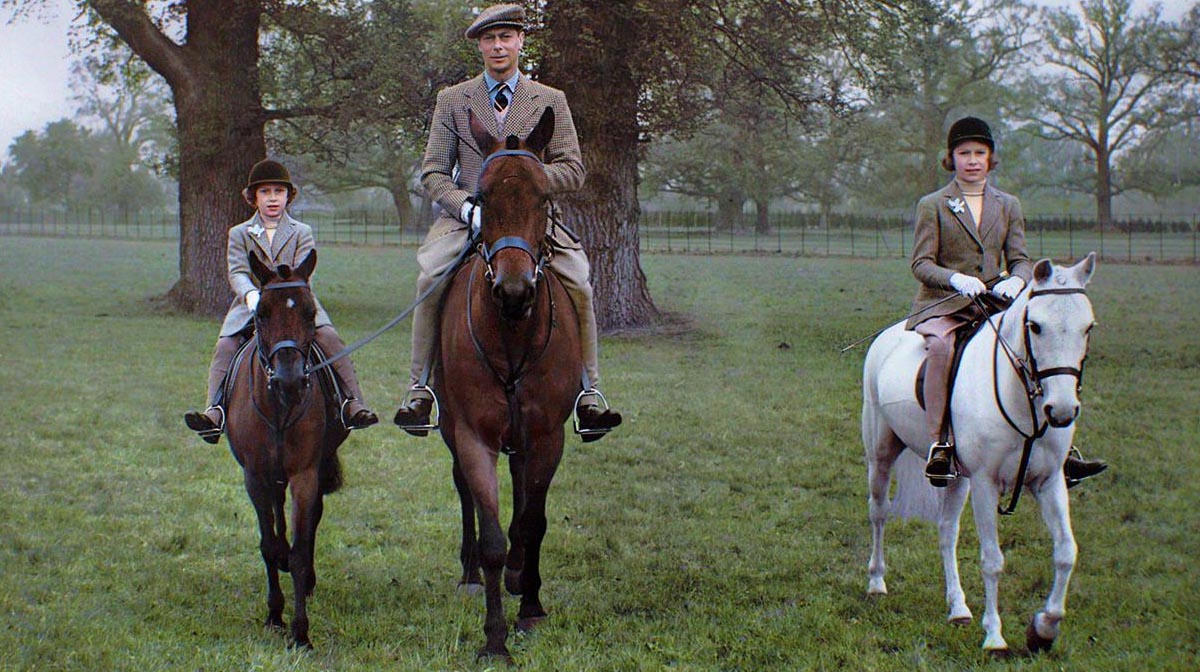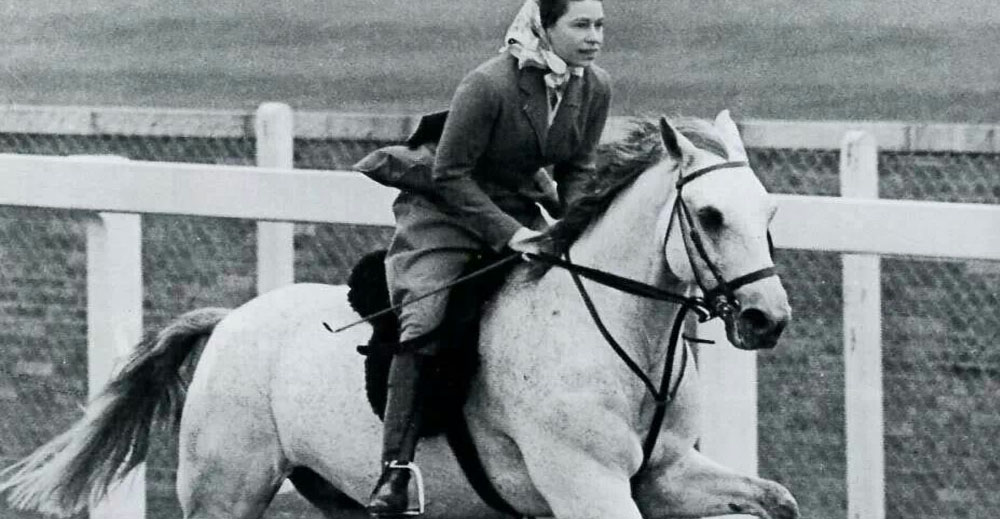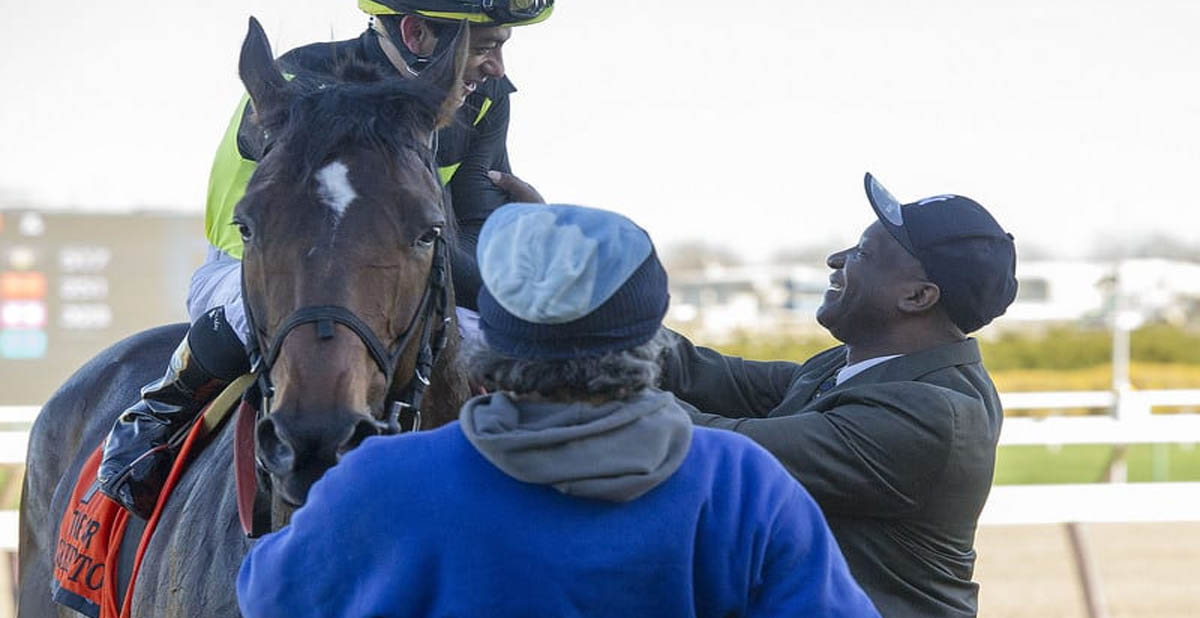Training Your Horse to Stop And Stand Still
If you want your horse to stop and stand still you have to get his attention first. When you get your horse’s attention, then you have to use your body pose to create shapes and pressures, which will then create a sense in the horse that he has to stop or to move right, left or forward. You can also instruct him to stand at rest while you or the furrier works around him, or you want to set his saddle. You must try building a bond with the horse by brushing or scratching the places the horse loves to be brushed up. When you do so the horse moves around and change his position to explain you where exactly he wants you to scrape. The shoulder of the horse is the best place to start with. Work out steadily from this comfortable zone to spots that are intuitively itchy for the horse such as scratching from his shrivels up his neck, behind his front legs or in the area of his back legs. In the start, you may tie up your horse. However, the finest way to brush up is to leave the horse loose in a large place so that he could move around to explain you were exactly he wants to be brushed or he may leave the session if he wants. After you build a relation with your horse, you can start training him to stop or to stand still. Below are some steps to follow if you want your horse to stop or stand still –
1. When you tie up your horse and he get annoyed, observe the underlying cause instead of focusing on the behaviour itself. If you want to change the behaviour of your horse, you have to deal with his anxiety and help him feel relaxed about being tied.
2. Be calm and patient. Horse training takes consistency and time. You cannot attain behavioural change by hastening or being annoyed. Set up time explicitly to work with your horse on this matter.
3. Modify his physical state to adjust his mental state. Horses that are busy when tied up have a disturbed frame with high head, scissor legs, and inverted back. This body frame retains adrenaline pumping into his blood stream increasing his anxiety and stress level. You should make him feel that he can stand straight in four square.
4. The horse may not be able to stand still unless he finds balance, which comes from being square, standing straight, and a level neck. You have to correct his position till he gets that balance and maintains it himself.
5. Having straightness is very important. Make sure that the horse’s spine is aligned from nose to tail. Horse feels the straightness when his left hind lines up straight after its left fore and the right hind lines up straight behind its right fore.
6. When the horse’s feet are in scissor position, he is prepared mentally to escape. When his feet are four square, it is balanced and feels as if it is standing in a box and is parked. You have to encourage him to stand in a four square by instructing him to take a step forwards or backwards.

1. When you tie up your horse and he get annoyed, observe the underlying cause instead of focusing on the behaviour itself. If you want to change the behaviour of your horse, you have to deal with his anxiety and help him feel relaxed about being tied.
2. Be calm and patient. Horse training takes consistency and time. You cannot attain behavioural change by hastening or being annoyed. Set up time explicitly to work with your horse on this matter.
3. Modify his physical state to adjust his mental state. Horses that are busy when tied up have a disturbed frame with high head, scissor legs, and inverted back. This body frame retains adrenaline pumping into his blood stream increasing his anxiety and stress level. You should make him feel that he can stand straight in four square.
4. The horse may not be able to stand still unless he finds balance, which comes from being square, standing straight, and a level neck. You have to correct his position till he gets that balance and maintains it himself.
5. Having straightness is very important. Make sure that the horse’s spine is aligned from nose to tail. Horse feels the straightness when his left hind lines up straight after its left fore and the right hind lines up straight behind its right fore.
6. When the horse’s feet are in scissor position, he is prepared mentally to escape. When his feet are four square, it is balanced and feels as if it is standing in a box and is parked. You have to encourage him to stand in a four square by instructing him to take a step forwards or backwards.



